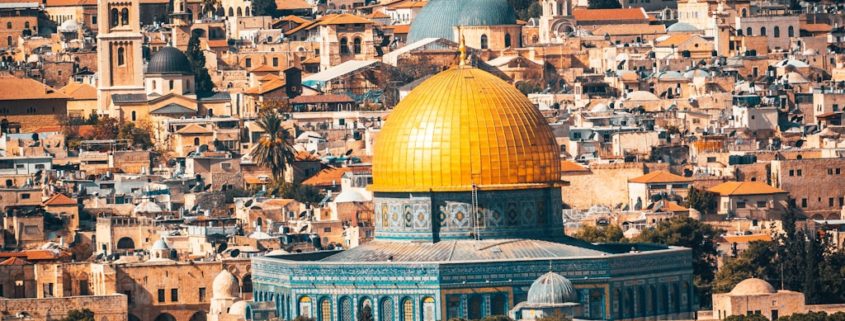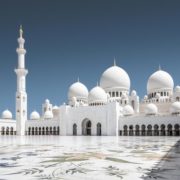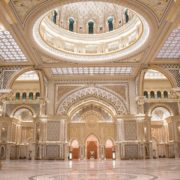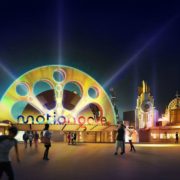Jerusalem: A city of contrasts
Jerusalem stands as a true cultural melting pot. For centuries, it has been inhabited by people of various ethnic backgrounds and religions, a fact vividly reflected in its local topography. Each of the city’s major districts has been shaped according to a different cultural pattern, creating a tapestry of diversity found nowhere else. If you’re planning a visit to Jerusalem, get to know a few tips that will make exploring this remarkable city easier.
What to see in Jerusalem?
Starting your exploration of the Old City through the iconic Jaffa Gate is symbolic, mirroring the entry of pilgrims and travellers coming into Jerusalem for many centuries. Nearby is the Tower of David, also known as the Jerusalem Citadel. Since 1989, it has housed the Museum of the History of Jerusalem, where you can admire exhibits and multimedia presentations covering 3,000 years of the city’s history.
A visit to Jerusalem should include all parts of the Old City, each offering insights into the multicultural character of this unique place. Let’s start with the Christian Quarter. It houses the holiest sites for followers of the faith, with the Church of the Holy Sepulchre being a key location believed to be the site of Jesus Christ’s crucifixion and resurrection.
Another significant site for Christians is the Via Dolorosa, the Way of the Cross, where believers can follow in Jesus’ footsteps on his journey to Golgotha. The itinerary should also include Mount Zion, offering stunning views of the Temple Mount and the Mount of Olives. This site holds great historical and religious significance, believed to be the location of the Last Supper.
Jerusalem also has a special place in Judaism. The Western Wall, also known as the Wailing Wall, is thought to be the last remaining part of the Second Temple built by King Solomon, where the Ark of the Covenant was stored. It is the holiest site in Judaism, where the faithful write prayers on slips of paper and place them in the cracks between the stones.
The Muslim Quarter is another district within Jerusalem’s Old Town. It is a home to the Al-Aqsa Mosque, the third holiest site in Islam, with only Mecca and Medina being more significant.
The smallest area is the Armenian Quarter, with the St. James Cathedral as its main attraction. It is worth visiting for its unique atmosphere, offering a quiet and peaceful break before continuing your exploration towards the city’s busier landmarks.
Walking through Jerusalem, you’ll also encounter numerous sites associated with the Crusades. Many buildings and streets were constructed by the Crusaders in the Middle Ages. Their tombs and churches commemorate the period marked by battles for control over the Holy Land.
A great way to explore Jerusalem
The Holy Land is the cradle of civilization, with the first settlements appearing over 10,000 years ago. The city’s turbulent yet fascinating history and its immense significance worldwide mean it’s a place everyone should visit at least once. The best way to understand Jerusalem’s complex history and significance is by walking with an experienced local guide. Guides collaborating with Walkative! are residents with extensive knowledge of the local specifics and history. Regularly organised in Jerusalem free walking tours are an ideal way to get to know the city. Just book a spot online and show up at the designated meeting point. The cost of the tour is not set in advance; at the end of the tour, you can decide how much to compensate your guide.









Leave a Reply
Want to join the discussion?Feel free to contribute!